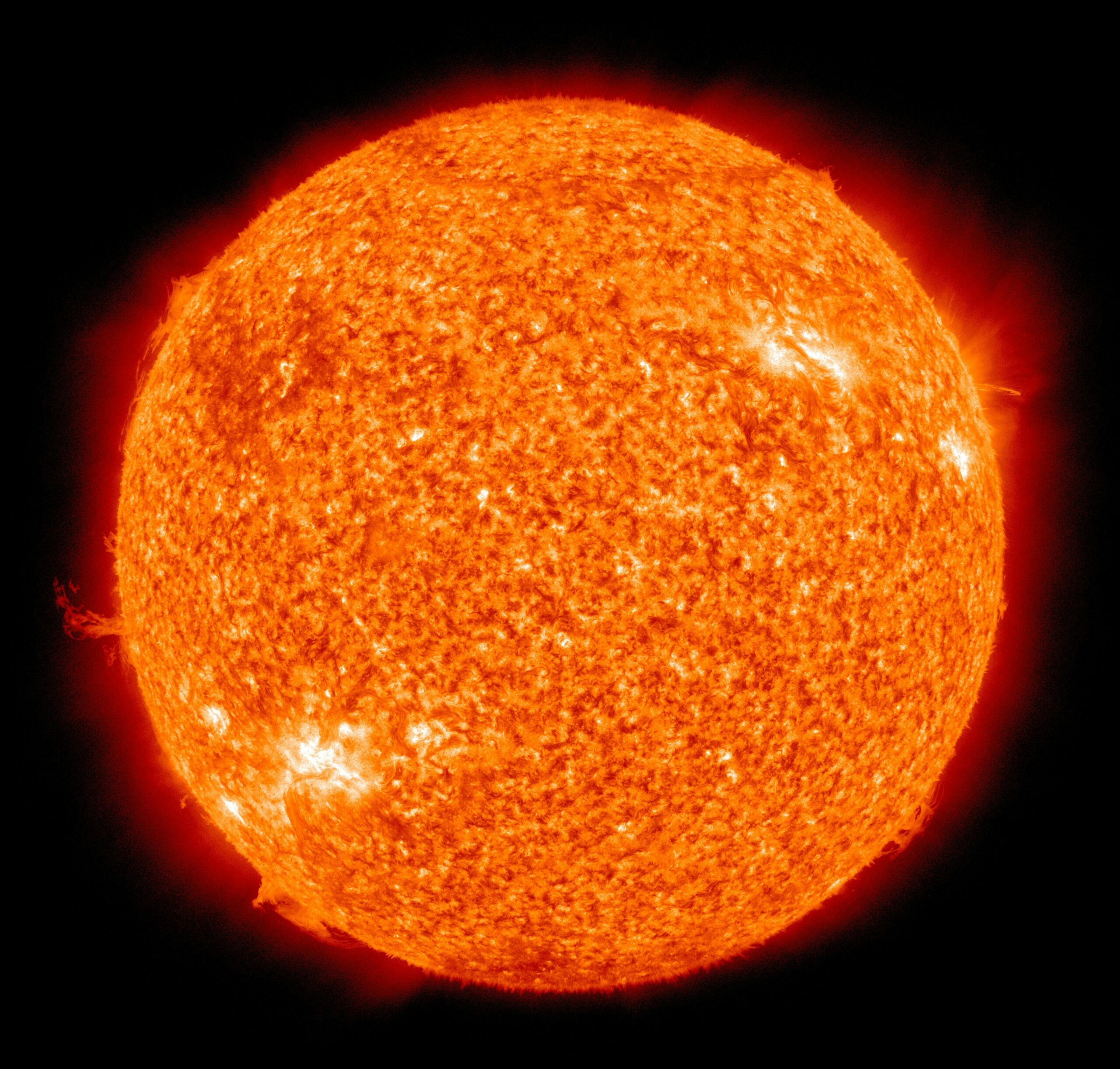(image credit: by Pixabay)
The Sun isn’t just a glowing ball in the sky — its core is a mind-blowing 15 million°C furnace that fuels life on Earth through nuclear fusion. Discover how this stellar powerhouse works!
A Furnace at the Heart of Our Solar System
When we look up at the Sun, it’s easy to forget that it’s more than a bright light — it’s a massive nuclear reactor, and its core is where the real magic happens.
The core of the Sun reaches temperatures of about 15 million degrees Celsius (that’s 27 million degrees Fahrenheit!). To put that in perspective, that’s more than 2500 times hotter than lava from a volcano here on Earth. It’s even hotter than the surface of most stars you see in the night sky.
At the heart of the Sun, a process called nuclear fusion takes place. Hydrogen atoms — the simplest and most abundant element in the universe — are smashed together under extreme pressure and temperature to form helium. This fusion reaction releases enormous amounts of energy, which travels outward through the layers of the Sun and eventually radiates into space as sunlight.
And here’s the wild part: Every second, the Sun releases more energy than humanity has consumed in its entire history. This energy supports life on Earth, drives the weather, powers the water cycle, and even enables solar energy systems that now power homes and cities.
Despite its extreme heat and brilliance, the Sun is actually considered a “middle-aged star” — currently around 4.6 billion years old and expected to burn for another 5 billion years. It’s classified as a G-type main-sequence star (G dwarf), which makes it pretty average in the cosmic scale — yet essential to our very existence.
So next time you feel the warmth on your face on a sunny day, just remember: That heat began its journey over 93 million miles away, deep inside the Sun’s superheated core.


